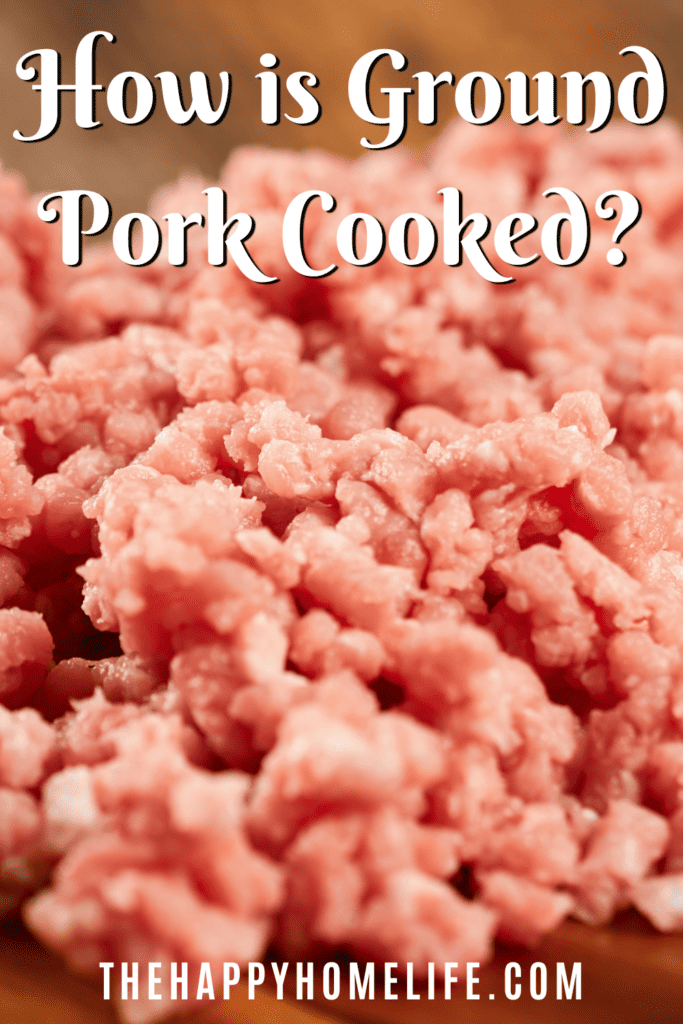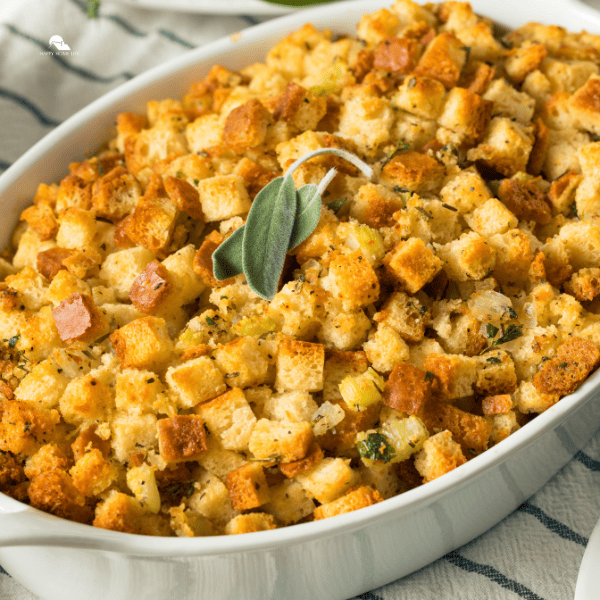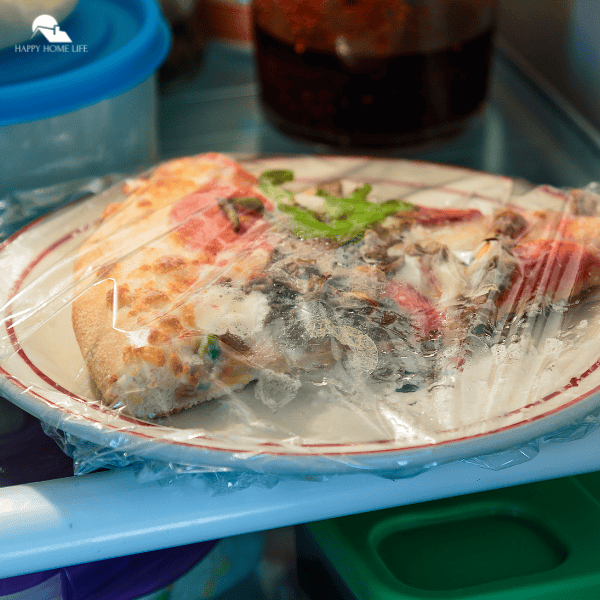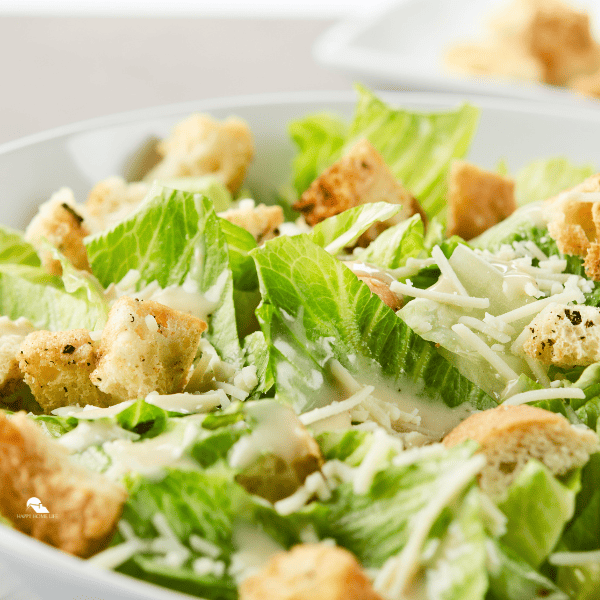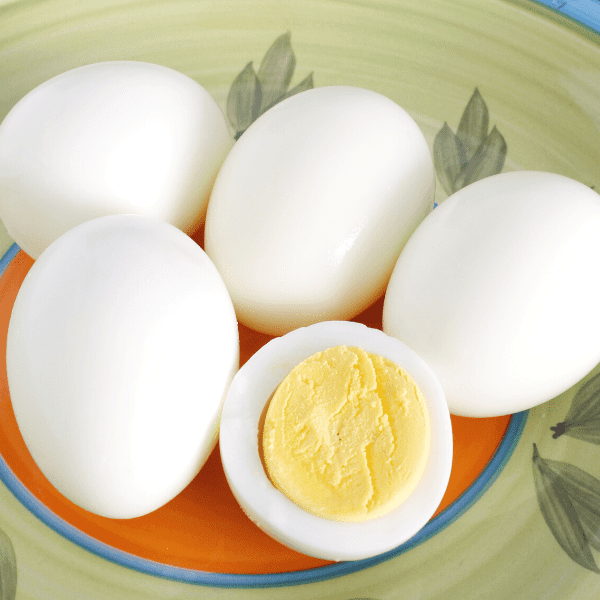How Is Ground Pork Cooked? This is the question that many beginners in cooking might want to know. Cooking with ground pork is an accessible and enjoyable experience. From stovetop sautéing to oven baking, there are various methods to explore, each yielding its own unique textures and flavors.
Whether you’re making a quick weekday dinner or preparing for a gathering, ground pork offers endless possibilities.
Cooking ground pork is simple and quick. Start by heating a pan over medium heat and adding a bit of oil to prevent sticking. Once the oil is hot, add the ground pork to the pan, breaking it up into small pieces with a spatula. Cook the pork, stirring occasionally, until it’s browned and cooked through, which usually takes around 8–10 minutes. Ensure there’s no pink left in the meat to ensure it’s fully cooked. Depending on your recipe or preference, you can also season the pork during cooking to enhance its flavor.
Now, let’s delve into the world of ground pork cooking, providing you with beginner-friendly techniques. Let’s embark on a culinary adventure and discover how you can cook ground pork.
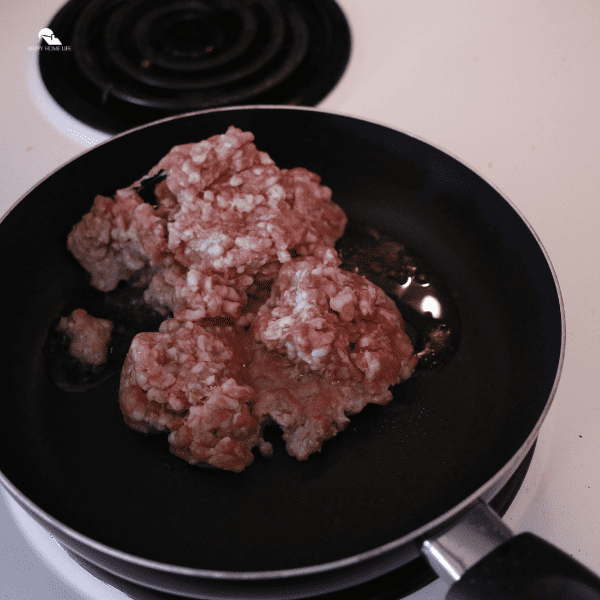
How long does it take for ground pork to be cooked?
The cooking time for ground pork can vary depending on several factors, including the cooking method, the thickness of the meat, and the recipe you’re using. Here’s a detailed breakdown of cooking times for ground pork:
- Sautéing or Pan-Frying: When sautéing or pan-frying ground pork over medium heat, it usually takes around 5 to 7 minutes to cook. It’s important to break up the meat into smaller pieces as it cooks to ensure even cooking and browning.
- Meatballs or Burgers: If you’re making meatballs or burgers using ground pork, the cooking time might be a bit longer. Cook the meatballs or burgers over medium heat for about 12 to 15 minutes, turning them occasionally to ensure even cooking on all sides.
- Incorporating in Soups and Stews: When using ground pork as an ingredient in soups, stews, or chili, it’s recommended to simmer the dish for about 20 to 30 minutes. This allows the ground pork to fully cook and infuse its flavors into the dish.
- Baking in Casseroles or Pies: If you’re incorporating ground pork into casseroles, pies, or other baked dishes, the cooking time can vary depending on the overall recipe. In such cases, the ground pork will typically be fully cooked during the baking process, which can take anywhere from 30 minutes to an hour, depending on the dish.
Regardless of the cooking method, it’s essential to ensure that the internal temperature of the ground pork reaches 160°F (71°C). This is the recommended safe internal temperature for pork to prevent any risk of foodborne illnesses.
Always refer to the specific recipe you’re using for accurate cooking times, as they can vary based on the other ingredients and techniques involved. Using a meat thermometer to check the internal temperature is a reliable way to ensure that your ground pork is cooked thoroughly and safely.
Do you need oil to fry ground pork?
You don’t need excessive amounts of oil to fry ground pork. A tablespoon or two of oil is generally sufficient for a pound of ground pork. The choice of oil can also influence the flavor of the final dish. For example, using sesame oil can add an Asian-inspired flavor, while olive oil imparts a Mediterranean touch.
Using oil to fry ground pork is a common practice and generally recommended for a few important reasons. Here’s a detailed explanation of why oil is used and its impact on the cooking process:
- Prevents Sticking: Ground pork, like any meat, can easily stick to the surface of a pan or skillet as it cooks. Adding oil creates a thin layer between the meat and the cooking surface, preventing it from adhering and allowing it to move freely. This is especially crucial when cooking ground pork, as its small, loose pieces are more prone to sticking.
- Promotes Even Cooking: Oil helps conduct heat evenly across the surface of the meat. This is important for achieving consistent cooking and browning. Without oil, certain parts of the meat might cook faster than others due to direct contact with the hot pan, resulting in uneven texture and flavor.
- Enhances Flavor and Texture: Oil contributes to the development of flavor and texture in the cooked ground pork. It aids in creating a crispy, flavorful outer layer as the meat browns. The Maillard reaction, which occurs between amino acids and sugars in the presence of heat, is responsible for browning and generating complex flavors.
- Controls Temperature: Adding oil to the pan helps moderate the cooking temperature. It acts as a buffer between the high heat of the pan and the meat, preventing the meat from cooking too quickly on the outside and ensuring that the interior has enough time to cook thoroughly.
- Healthy Fats and Nutrition: The type of oil used can also impact the nutritional profile of the dish. For instance, using heart-healthy oils like olive oil can provide beneficial monounsaturated fats. However, the overall nutritional impact depends on the amount of oil used and your dietary needs.
While oil is commonly used to fry ground pork due to its multiple benefits, you can experiment with using less oil or alternative cooking methods. However, using a small amount of oil is a helpful technique to achieve flavorful, evenly cooked ground pork.
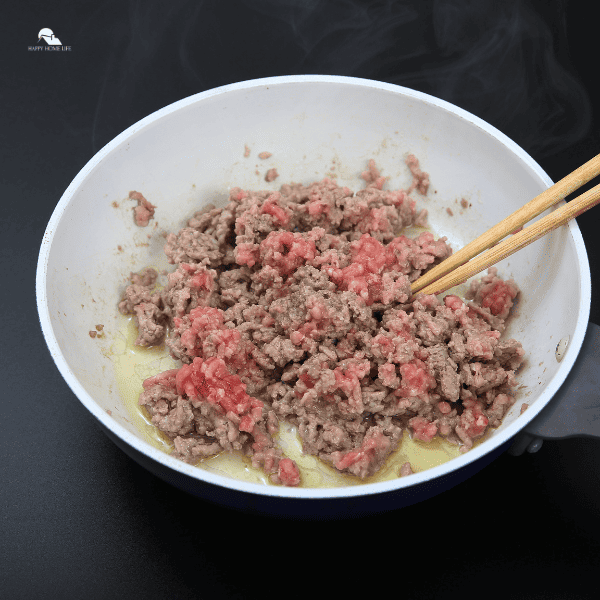
How do you know when ground pork is done?
You can accurately determine that ground pork is fully cooked when its color shifts from pink to a rich brown, and a meat thermometer confirms it has reached an internal temperature of 160°F (71°C).
This process guarantees both safety and optimal taste, regardless of whether you’re sautéing, frying, baking, or incorporating it into various recipes. For a comprehensive understanding of how to recognize if your ground pork is cooked to perfection, let’s delve into the detailed information below:
Color Change: At the beginning, ground pork is usually pink. But as it cooks, it starts turning brown. When it’s completely cooked, it won’t have any pink parts left. The color change shows that it’s ready to eat.
Texture: Before it’s cooked, ground pork might feel soft and squishy. But as it cooks, it becomes firmer. If you press it gently with a spatula or a fork, it should hold its shape and not feel too soft anymore.
No More Juices: When you start cooking ground pork, you might see some juices or liquids coming out of it. When it’s done, those juices should disappear, and the meat won’t be swimming in liquid. This is a sign that it’s cooked through.
Temperature Check: The safest way to make sure your ground pork is fully cooked is by using a tool called a meat thermometer. You stick it into the thickest part of the meat. When the temperature reaches 160°F (71°C), that means the inside is cooked enough to be safe to eat. This temperature kills any harmful bacteria that might be in the meat.
By keeping an eye on the color, feeling the texture, making sure there are no more juices, and using a meat thermometer, you can be confident that your ground pork is cooked just right.
Whether you’re making tacos, burgers, or meat sauce, knowing when your ground pork is done will help you make a tasty and safe meal!
How long should you cook ground pork for?
When cooking ground pork, the cooking time will depend on your method. Here are a few guidelines:
- Browning in a frying pan: When browning loose ground pork in a frying pan, it should cook through in 5 to 7 minutes. The total cooking time may vary depending on the thickness of the meat.
- Stir-frying: For a stir-fry using ground pork, cook it over relatively high heat for about 3-5 minutes or until it gets brown and slightly crisp on the bottom.
- General guidelines: In general, loose-ground pork only takes three to four minutes to cook. However, for food safety, all ground pork should be cooked to an internal temperature of 160 degrees Fahrenheit (71 degrees Celsius).
It’s important to note that these are general guidelines, and the exact cooking time may vary based on the recipe and personal preference. Always use a meat thermometer to ensure the pork is cooked to the proper temperature.
Is it okay if ground pork is a little pink?
It’s generally recommended that ground pork be fully cooked without any pink color. When ground pork is pink, it might not be cooked enough to ensure that harmful bacteria are eliminated. Cooking ground pork until it’s no longer pink is important for your safety.
The pink color in raw ground pork comes from the natural juices and compounds in the meat. These change when the pork is cooked.
If you see even a little pink in the cooked ground pork, it’s a good idea to continue cooking it until it’s fully browned. This means it’s reached a high enough temperature to kill any bacteria that could cause foodborne illnesses.
So, while a little pink might not always mean it’s unsafe to eat, it’s better to play it safe and make sure your ground pork is fully cooked.
Cooking until it’s browned and there’s no pink left ensures that you’re enjoying your meal both deliciously and safely.
